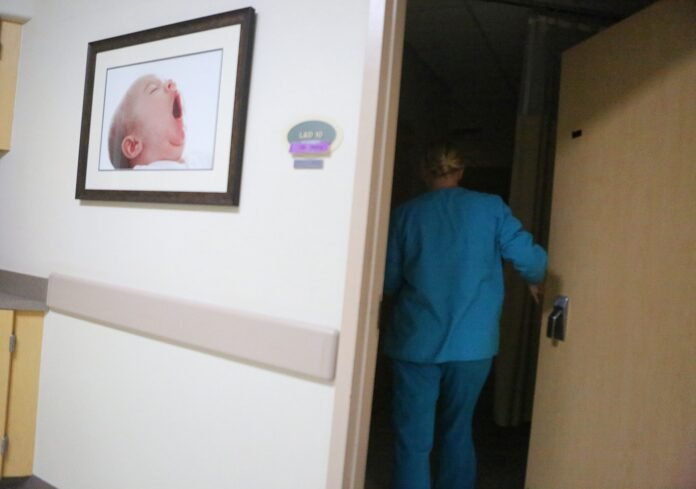Understanding the Cyberattack on DHR Health: Implications and Insights
In an age where digital information reigns supreme, the healthcare sector has become an increasingly attractive target for cybercriminals. Recently, DHR Health, a prominent hospital system based in Edinburg, Texas, fell victim to a cyberattack that has raised significant concerns among patients and the broader community. As the investigation unfolds, the implications of this incident highlight the vulnerabilities inherent in healthcare information systems and the urgent need for robust cybersecurity measures.
The Incident: What We Know So Far
On March 20, DHR Health publicly announced that its information systems had been compromised in what it described as a cyber incident. While the specifics of the breach remain largely undisclosed, the hospital system confirmed that its IT staff is actively working to resolve the issue while ensuring that patient care continues uninterrupted. Despite the ongoing investigation, DHR Health reassured the public that all facilities, including hospitals, emergency rooms, and medical clinics, remain operational.
However, the impact of the cyberattack has been felt by patients who reported being turned away from appointments due to inaccessible patient information. This has led to a flurry of inquiries from concerned residents, prompting DHR Health to issue statements emphasizing their commitment to patient care and the restoration of digital systems. They have reverted to paper-based workflows as a temporary measure to maintain service continuity.
The Broader Context: Cyberattacks on Healthcare Systems
DHR Health’s experience is not an isolated incident. The healthcare sector has seen a surge in cyberattacks in recent years, with various systems across the nation falling prey to similar breaches. In 2024 alone, several high-profile attacks were reported, including one against Change Healthcare, which resulted in a $22 million ransom payment. The National Library of Medicine has identified hospitals as prime targets for hackers, primarily due to the sensitive nature of patient information and the increasing reliance on electronic medical records.
Cybersecurity expert Mark Gaudet has pointed out that medical records can fetch hackers up to $1 per record when sold in bulk, and even more for specific individuals. This financial incentive, coupled with the often outdated technology used in many healthcare facilities, creates a “broad attack surface” that is difficult to defend against.
The Local Landscape: A History of Cyber Vulnerabilities
The Rio Grande Valley has not been immune to cyber threats. Local governments and businesses have faced numerous cyber incidents over the years. For instance, in 2017, Chipotle Mexican Grill experienced a cyberattack that targeted payment card data at several locations, including those in Harlingen and Edinburg. Similarly, the city of Edcouch suffered a ransomware attack in 2019, where hackers demanded a ransom in Bitcoin to restore access to their systems.
More recently, the city of Mission reported a cybersecurity incident that left its computer server vulnerable to attacks, prompting officials to seek emergency declarations due to the potential exposure of sensitive data.
The Path Forward: Strengthening Cybersecurity in Healthcare
As the DHR Health incident unfolds, it serves as a stark reminder of the critical need for enhanced cybersecurity measures within the healthcare sector. Experts emphasize the importance of creating a cybersecurity culture that prioritizes training and awareness among staff. Regular training sessions on recognizing phishing attempts and securing sensitive information can significantly reduce the risk of successful attacks.
Moreover, implementing advanced security protocols, such as multi-factor authentication and regular system updates, can fortify defenses against potential breaches. The healthcare industry must also advocate for increased funding and resources dedicated to cybersecurity, ensuring that facilities are equipped to handle the evolving landscape of cyber threats.
Conclusion: A Call for Vigilance
The cyberattack on DHR Health underscores the vulnerabilities that healthcare systems face in an increasingly digital world. As investigations continue and more information becomes available, it is crucial for both healthcare providers and patients to remain vigilant. The protection of sensitive medical information is paramount, and the lessons learned from this incident should serve as a catalyst for stronger cybersecurity practices across the healthcare sector. As we navigate this complex landscape, the commitment to safeguarding patient data must remain a top priority for all stakeholders involved.


